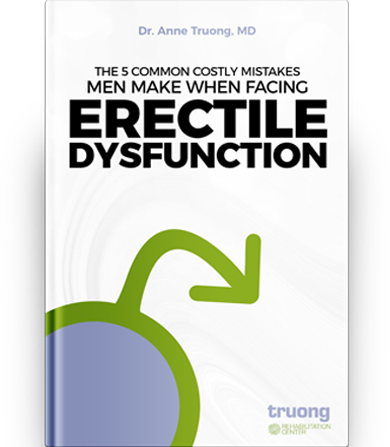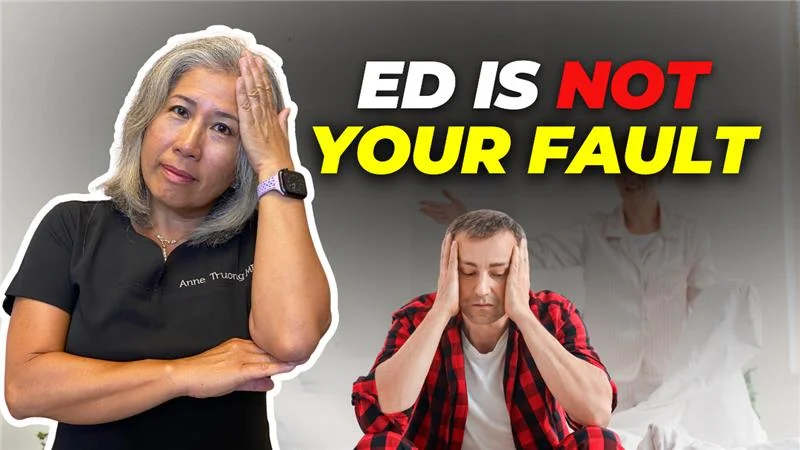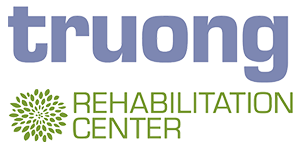There are countless rumors circulating about COVID-19, also known as Coronavirus. I want to make sure you’re able to tell the myths from the facts so I’m debunking some of the most common myths I’ve heard about COVID-19.
Myth: The virus will die off once temperature rises.
The first myth you’ve probably heard is that the virus will die off once temperature rises. This is a new virus so we’re not sure how it will act. It’s possible that it will begin to die off once the temperature rises but we have nothing to base this on so it should be taken as a myth until we know more.
Myth: You should drink water every 15 minutes.
Some people have been claiming that you should drink water every 15 minutes and that’s simply not true. While it’s important to stay hydrated and well-rested, drinking water and gargling will not flush the virus through your body or get your stomach to flush it out as some are claiming.
Myth: Masks will protect you from the virus.
The COVID-19 virus is small enough to pass through a regular mask. Only the N-95 mask, which should be reserved for healthcare workers on the frontlines, is capable of preventing the virus from passing through to the person wearing the mask. N-95 masks must be reserved for healthcare workers so if you do have an N-95 mask, please donate it to your local hospital.
The CDC has been studying cloth face masks to help slow the spread of the virus and they have some recommendations for making your own on their website. New evidence has shown that the virus can spread between people interacting in close proximity—for example, speaking, coughing, or sneezing—even if those people are not exhibiting symptoms. In light of this new evidence, CDC recommends wearing cloth face coverings in public settings where other social distancing measures are difficult to maintain (e.g., grocery stores and pharmacies) especially in areas of significant community-based transmission.
Myth: COVID-19 can mutate into a deadlier strain.
We don’t have any evidence of this happening but all viruses mutate and those mutations can actually make them less virulent or less potent.
Myth: You should wash your hands with hot water
Many people believe that washing your hands with hot water will get germs off better than using cold water and that isn’t actually true. The temperature of the water doesn’t matter, the mechanical scrubbing of the soap is what actually cleans your hands. Soap goes through the cell membrane of the virus, essentially bursting them open. The cell membrane of the virus is lipophilic so it doesn’t like soap. You can literally kill it on the spot by washing your hands for at least 20 seconds which is singing happy birthday two times. That’s why you keep hearing about it because it’s simple but it does work.
On a related note, you may have also heard that cold water can kill Coronavirus which is also not true.
Myth: Mosquitoes can transmit COVID-10
I can see why some people may think this but it’s just not true. The transmission is actually through droplets from an infected person who coughs or sneezes or through saliva or discharge from the nose.
Myth: Spraying alcohol or chlorine all over your body will kill the virus
If you spray alcohol or chlorine on your body you can actually dry up your mucous membrane and that may make it easier for the virus to enter your body.
Myth: Rinsing your nose with saline will kill the virus.
Saline has not been shown to fight infection but it may help you recover quicker if you have nasal congestion.
Myth: Eating garlic helps prevent infection.
There is absolutely no evidence to show that eating garlic can help prevent infection.
Myth: Using a hand dryer is more effective at killing the virus.
There is no evidence to support this but as you’ll recall from a previous myth, the thing that kills the virus is washing your hands with soap for at least 20 seconds so it really doesn’t matter how you decide to dry your hands.
Myth: A thermal scanner can detect someone with COVID-19.
A thermal scanner can only tell if someone has a fever. These scanners do not tell us anything about whether someone does or does not have the virus. There are many other reasons why someone could be running a fever or have an elevated temperature. Thermal scanners cannot detect who is and is not infected.
It is possible to be infected and not yet have a fever or by completely asymptomatic which means you don’t have any symptoms. It takes about two to 14 days before symptoms show up. You could just develop a sniffle, a runny nose, or maybe just a dry cough, and never have a fever. The spectrum is widespread and just because someone doesn’t have a fever doesn’t mean they don’t have Coronavirus.
Myth: The pneumonia vaccine protects against the coronavirus.
The pneumonia vaccine only protects against pneumonia, which is caused by a bacterial strain called pneumococcal or haemophilus influenza and not the virus itself.
Myth: Coronavirus only affects older people.
Older people and people with pre-existing conditions are more vulnerable to becoming severely ill, but young people can get it as well. Recent data of the US shows that groups of ages between 20 and 50 years old are about one-third of all cases. They may have milder symptoms but they can have severe symptoms as well so don’t believe that if you’re young that you’re actually immune to this.
And a few other myths…
COVID-19 can be transmitted in hot and humid weather. Cold weather cannot kill the virus. A hot bath does not prevent an infection and UV lamps do not kill the virus. Antibiotics do not affect it. There is no treatment yet and it could take months to develop & test a vaccine. Some researchers are looking into Chloroquine as a possible treatment but that is not a sure thing.
To stay up to date on COVID-19, refer to reputable sources like the CDC, the WHO, and your state health department.











